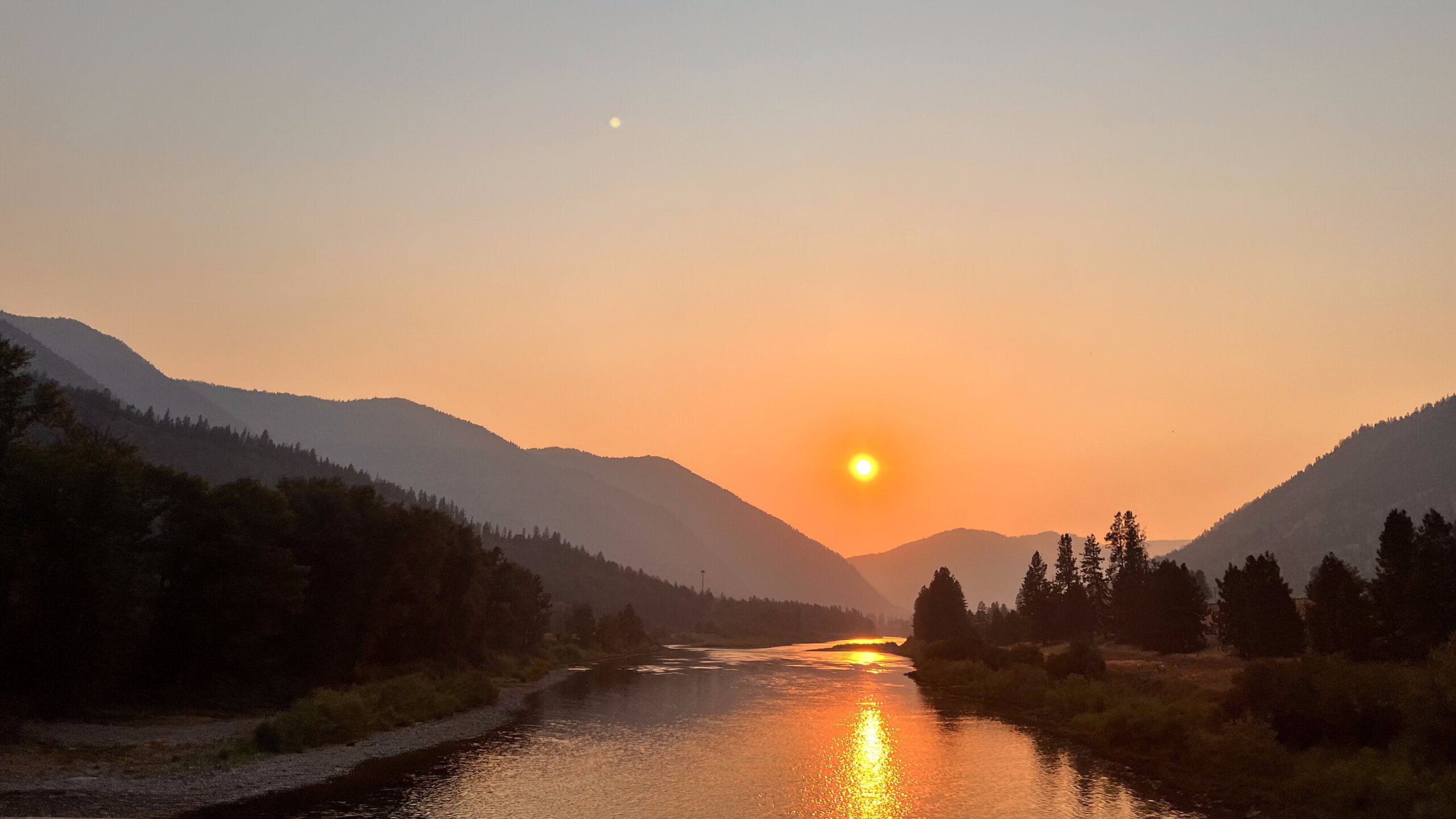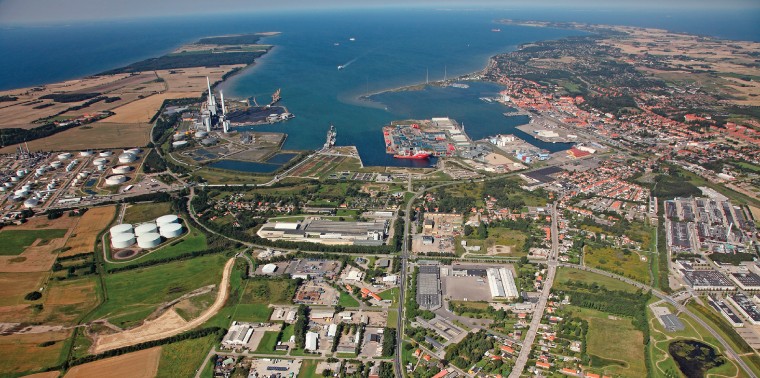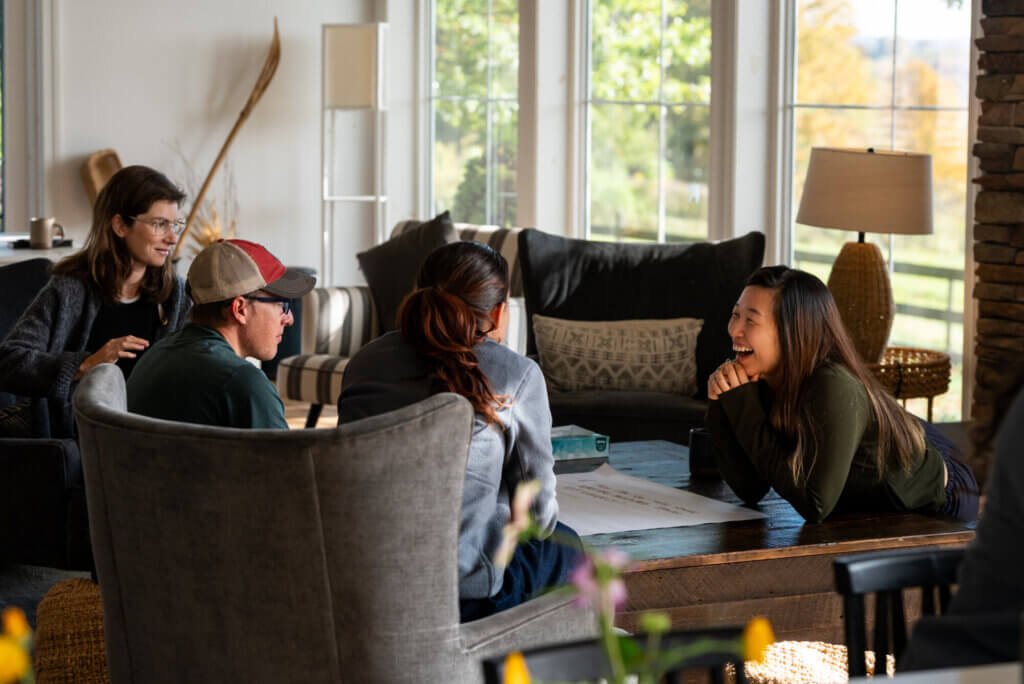
In the Northern Hemisphere, where I am writing from in Montana, the world is beginning its slow exhale into quiet rhythms. But wherever you are in the world, whether your days are growing shorter or longer, hotter or cooler, this moment of transition invites reflection. Perhaps it’s the Thanksgiving season, or simply the turning of the year, but lately I’ve found myself returning to the same theme: gratitude for the spaces that hold us.
Not just the structures we live in, but the spaces that feel like home in that deep, cellular way.
There’s the home with walls and windows, sure. But there are also the places where your breath settles without effort. The familiar bend along the river. The one spot on the plateau above town. The gym where my kids play sports, where the echo of bouncing balls and cheering teammates feels like its own kind of heartbeat. The kitchen table that has heard every version of our laughter and our grief.
Thinking about these spaces reminds me of something grounding and simple: humans are part of nature. As in, they are, themselves, nature as well. Not adjacent to it. Not above it. We are it, with pulse, instinct, imagination, and the same ancient desire every species has to shape environments that support life and be shaped by them as well.

Every species builds. Every species creates. Every species designs for comfort, resilience, and connection.
Birds weave nests with remarkable precision, tucking in moss or feathers or even human hair for warmth.
Beavers slow down moving water, creating wetlands that shelter countless species.
Termites engineer towering mounds with ventilation more nature-friendly and effective than many buildings.
Mussels bond together to form living shorelines that soften waves and protect coasts.
Trees grow in shared rhythms, their root networks communicating underground, stabilizing and nourishing entire forests. It’s this last example that reminds me of the incredible community I happen to live in, each person having their place in the ecosystem, contributing to the foundation, each bringing one small piece that helps nourish us as a whole. As a community. As a home.
When humans build, we are participating in this same lineage, the one where life creates conditions conducive to life.
When I find myself practicing gratitude for the built environment around me, I’m really practicing gratitude for this continuity of homes and shelter around all of us. For the way our structures echo the deep intelligence of the living world, sometimes without us ever realizing it.
I’m grateful for homes that breathe with the season, expanding and contracting with temperature, light, and weather. Homes that hold our memories the way old trees hold rings: quietly, faithfully, and without fanfare.

I’m grateful for windows that welcome morning light the way a sunflower orients itself toward the sun, what some would call phototaxis, what others would call warmth of feeling and feeding oneself at home. For doorways that frame our comings and goings the way tide pools open and close with every shifting wave. For walls that keep out winter winds, but also for the way a well-loved home breathes with us, holding our memories in its beams. A home is not just lumber and nails; it is a living archive of the people and experiences that move through it.
I’m grateful for public and community spaces. The town park where neighbors gather and laughter carries on the breeze, the school where the students play and learn teamwork, the mighty Clark Fork River that remind us of the beauty and strength that surround our small town and its river’s influence and inspiration. These are the human-made and natural ecosystems combined: the places where ideas take root, where relationships form, and where belonging becomes an everyday experience rather than something to chase.

Gratitude, at its heart, is about recognition. About reminding ourselves how we see ourselves in each other. And when we recognize that the environments we build are not separate from nature but extensions of it (and extensions of ourselves) something inside us softens. We begin to approach design, care, and stewardship with more reverence.
This isn’t only about sustainability or materials, though those do matter. It’s about remembering that built environments influence our wellbeing just as much as sunlight, water, and clean air. When our environments nourish us—emotionally, physically, spiritually—we become more rooted and more resilient. How nature can nurture us and how we can nurture our own natures.
So here I am, giving thanks for the spaces that hold us. For the homes and rooms that ground us in comfort, memory, and presence.
For the unexpected pockets of belonging—the city streets and rural trails, classrooms and markets, in gyms, parks, and quiet corners, where connection and life take root, and where connection is afoot.
For the subtle ways our surroundings shape us, and the ways we, in turn, shape them. It’s each of us contributing to the rhythm, resilience, and well-being of the communities we inhabit.
For the reminder that humans, like every living being, are woven into the fabric of the world, shaping it, being shaped by it, and sustaining it with every choice we make.
May we carry gratitude in our hearts for the spaces we call home, the life we share, and the knowledge that, together, we are nurturing a world full of beautiful and positive possibilities.
Jen Fredette is the Digital Communications Manager for the Biomimicry Institute and its initiatives, blending her expertise in web and graphic design with a passion for storytelling and strategic communications. A graduate of The University of Montana with a degree in Communications, Jen and her family are impactful members of their small, rural Montana town, giving back in ways that help the community thrive. Learn more about Jen and the rest of the Institute team here.




